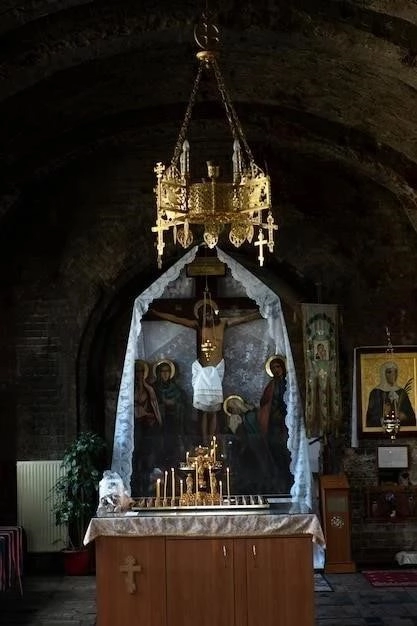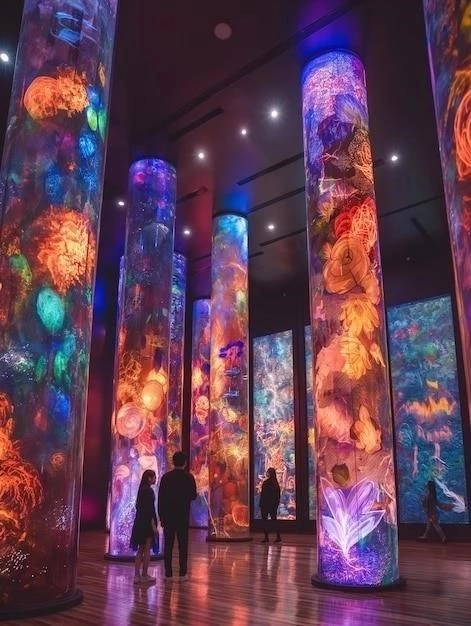The National 9/11 Memorial & Museum: Remembering September 11th
The National 9/11 Memorial & Museum stands as a poignant testament to the tragic events of September 11, 2001, and February 26, 1993. It serves as a place of remembrance, reflection, and education, ensuring that the memory of the victims and the lessons learned from that day are never forgotten.
Remembering the Victims
At the heart of the National 9/11 Memorial & Museum lies the profound act of remembering and honoring the nearly 3,000 innocent lives lost in the terrorist attacks of September 11, 2001, and February 26, 1993. The memorial itself, situated at ground level, provides a solemn space for contemplation and remembrance. Two immense reflecting pools, each an acre in size, occupy the footprints of the Twin Towers, their surfaces cascading down into voids, creating a tangible sense of absence and loss. Inscribed on bronze parapets surrounding the pools are the names of every person who died in the attacks—a poignant reminder of the individual lives extinguished on that fateful day.
The arrangement of the names, rather than being listed alphabetically, follows a meaningful “meaningful adjacency,” carefully placing the names of colleagues, friends, and family members near each other. This design element reflects the profound interconnectedness of the lives lost and the deep bonds severed by the tragedy. The memorial transcends being merely a list of names; it becomes a tapestry of human connection, underscoring the shared humanity of the victims and the enduring power of love and loss. Visitors often search for and gently touch the names etched in bronze, offering a silent tribute to those who perished.
Beyond the memorial pools, the museum, located beneath the plaza, houses a collection of artifacts and personal belongings, each object imbued with the stories of the victims and their loved ones. These poignant remnants offer glimpses into the lives cut short, preserving the memories of individuals and transforming the statistics of tragedy into personal narratives of love, loss, and resilience. Through these physical and symbolic representations, the National 9/11 Memorial & Museum ensures that the victims are not forgotten, their memories forever intertwined with the history of that tragic day.
Architectural Design and Symbolism
The National 9/11 Memorial & Museum stands as a powerful testament to architectural design’s ability to convey profound meaning and emotion. The memorial plaza, designed by architect Michael Arad and landscape architect Peter Walker, centers around two massive reflecting pools, each situated in the footprints of the fallen Twin Towers. These voids, adorned with cascading waterfalls, evoke a sense of profound loss and absence, while simultaneously symbolizing hope and renewal. The continuous flow of water into the seemingly bottomless depths serves as a poignant metaphor for the immeasurable grief and the enduring passage of time.
Encircling the pools are bronze parapets inscribed with the names of all those who perished in the attacks. This design element fosters a deeply personal connection as visitors locate and reflect upon individual names, transforming the vast scale of the tragedy into a tapestry of individual stories. The Survivor Tree, a Callery pear tree severely damaged in the attacks yet remarkably resurrected, stands as a symbol of resilience, its gnarled branches reaching towards the sky in a testament to the enduring strength of the human spirit.
Beneath the memorial plaza lies the museum, designed by Davis Brody Bond Architects. Its subterranean structure, reminiscent of an archaeological dig, immerses visitors in the historical events of that day. The exposed remnants of the original World Trade Center foundations, including the iconic “slurry wall,” serve as stark reminders of the attacks’ devastating impact. The interplay of light and shadow within the museum’s cavernous spaces evokes a sense of solemnity and reflection, while the use of raw materials, such as concrete and steel, underscores the rawness of the tragedy and the enduring power of remembrance.
The Historical Significance of the Site
The National 9/11 Memorial & Museum occupies a space imbued with deep historical significance, forever etched into the collective memory of the nation and the world. Long before the tragic events of September 11, 2001, the World Trade Center site represented American ambition, economic power, and global commerce. The soaring Twin Towers, once symbols of New York City’s iconic skyline, served as bustling hubs of international trade and financial activity, embodying the aspirations of a nation at the forefront of the global stage.
However, the terrorist attacks of that fateful day irrevocably transformed the site, turning it into hallowed ground. It became a place of profound loss and immense grief, a stark reminder of the capacity for human violence and its devastating consequences. Yet, from the ashes of tragedy emerged a spirit of unity, resilience, and an unwavering commitment to remembrance.
The decision to create a memorial and museum on this very site reflects a conscious choice to acknowledge the past, honor the victims, and preserve the historical significance of the events for generations to come. The location itself serves as a powerful reminder of the fragility of peace and the importance of vigilance against hatred and extremism. The National 9/11 Memorial & Museum stands not only as a testament to the past but also as a beacon of hope, inspiring reflection, understanding, and a collective commitment to creating a more peaceful and just future.
The Museum’s Collection and Exhibits
The National 9/11 Memorial & Museum safeguards an extensive and poignant collection, encompassing over 74,000 artifacts that offer a multifaceted perspective on the events of September 11, 2001, and February 26, 1993. The collection includes large-scale remnants of the World Trade Center, such as twisted steel beams, remnants of the North Tower antenna, and the iconic “Survivors’ Staircase,” which provided a harrowing escape route for hundreds.
Beyond the monumental artifacts, the museum houses deeply personal items recovered from the wreckage, including wallets, photographs, and handwritten notes, each imbued with the stories of those who were lost. These personal belongings poignantly connect visitors to the individual lives behind the statistics of tragedy. The museum’s exhibits are carefully curated to present a comprehensive historical narrative, chronicling the events leading up to the attacks, the experiences of those present on that fateful day, and the aftermath and ongoing repercussions.
Multimedia displays feature first-person accounts from survivors, first responders, and victims’ families, offering a deeply moving and personal perspective on the events. The museum also delves into the broader historical context, examining the rise of terrorism, the motivations behind the attacks, and the national and global responses. Through its multifaceted collection and exhibits, the National 9/11 Memorial & Museum serves as a repository of memory, a place for reflection, and a testament to the enduring human capacity for both resilience and vulnerability.
Impact and Legacy of 9/11
The events of September 11, 2001, cast a long shadow over the United States and the world, leaving an indelible mark on the global landscape. The impact of 9/11 transcended the immediate devastation, profoundly shaping domestic and foreign policies, altering societal norms, and sparking ongoing debates about security, liberty, and the nature of terrorism.
In the aftermath of the attacks, the United States embarked on a global War on Terror, leading to military interventions in Afghanistan and Iraq, as well as increased surveillance measures and security protocols both domestically and internationally. The attacks also led to the creation of the Department of Homeland Security, signifying a fundamental shift in the nation’s approach to security and counterterrorism efforts.
Beyond the realm of policy, 9/11 fostered a renewed sense of patriotism and national unity, as Americans came together to mourn the victims, support first responders, and demonstrate resilience in the face of tragedy. The attacks also highlighted the importance of interfaith dialogue and understanding, as communities grappled with the dangers of prejudice and discrimination. The legacy of 9/11 continues to shape contemporary discourse on issues ranging from national security to civil liberties, serving as a poignant reminder of the fragility of peace and the enduring need for global cooperation and understanding.
Educational Programs and Community Engagement
The National 9/11 Memorial & Museum serves as a vital center for education and community engagement, extending its mission beyond remembrance to foster dialogue, understanding, and civic responsibility. The museum offers a wide array of educational programs designed for diverse audiences, including students, educators, first responders, and the general public. Guided tours, led by trained educators, provide historical context, delve into the personal stories embedded within the exhibits, and encourage critical thinking about the events of 9/11 and their lasting implications.
The museum also develops comprehensive curriculum resources for educators, providing tools to engage students in age-appropriate discussions about terrorism, tolerance, and civic engagement. Recognizing the importance of firsthand accounts, the museum hosts survivor and first responder dialogues, offering powerful testimonials that shed light on the human impact of the tragedy and the importance of resilience.
Community engagement initiatives, such as memorial events, film screenings, and panel discussions, provide platforms for dialogue, reflection, and remembrance, ensuring that the lessons of 9/11 continue to resonate with present and future generations. By engaging with diverse communities, the National 9/11 Memorial & Museum strives to cultivate a deeper understanding of the events of that day, promoting empathy, resilience, and a shared commitment to building a more peaceful and just world.










